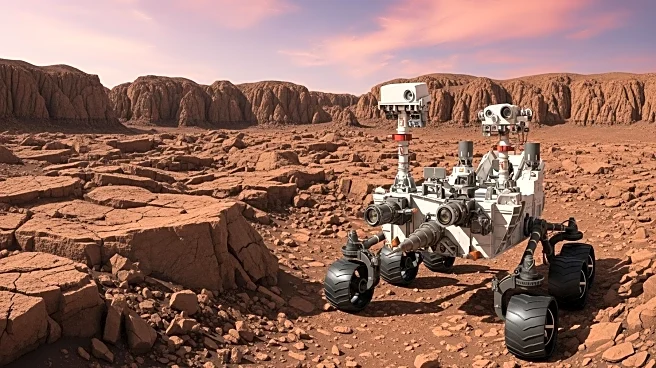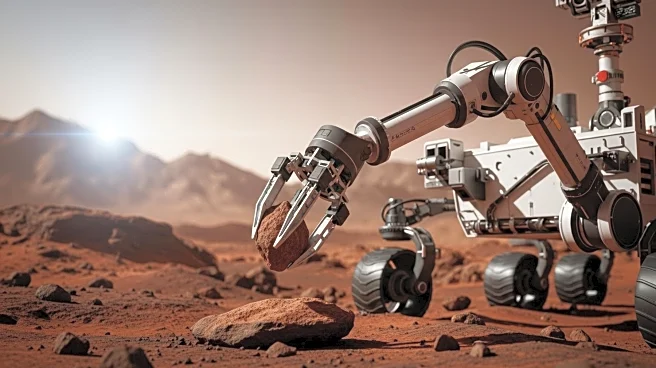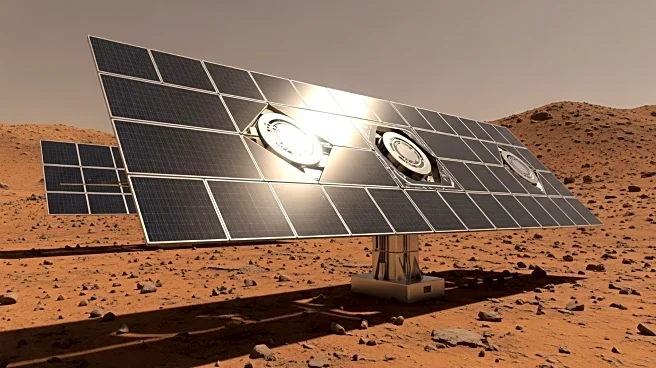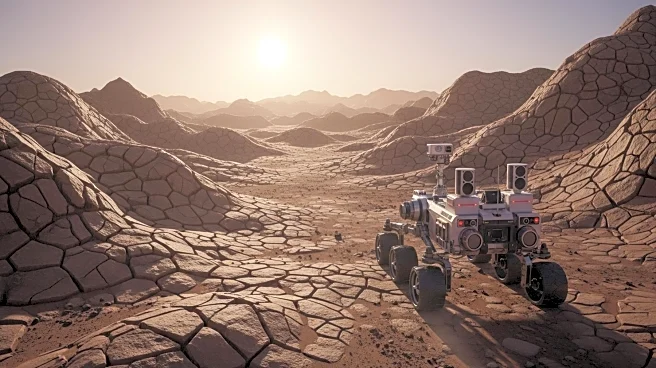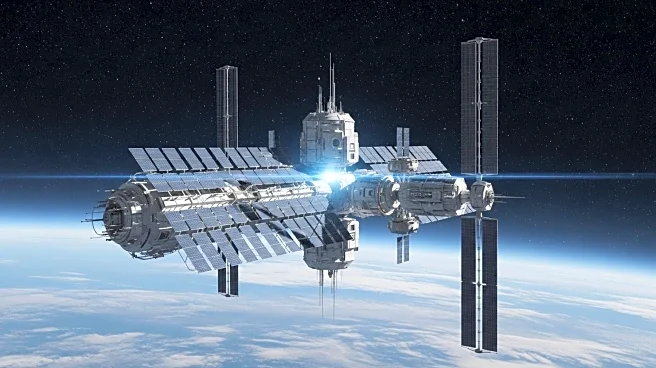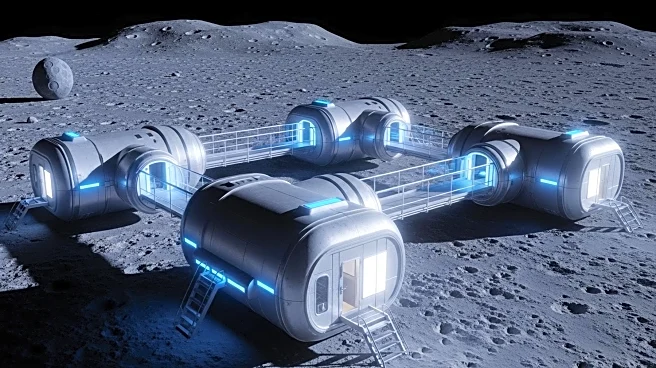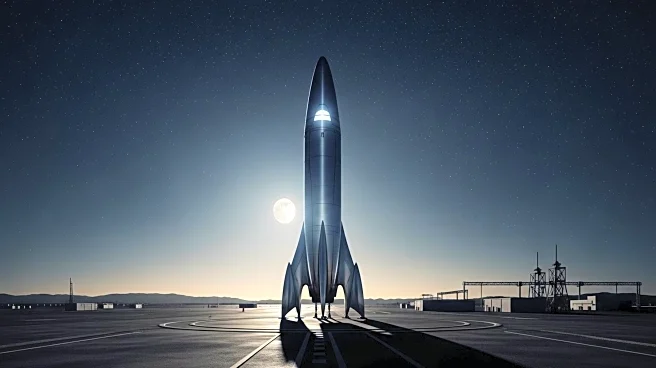What's Happening?
An international team of scientists, known as Team Tumbleweed, has developed a novel concept for Mars exploration using wind-driven rovers. These rovers, inspired by tumbleweeds, are designed to be spherical and lightweight, allowing them to be propelled across the Martian surface by the planet's winds. Recent tests conducted in a wind tunnel at Aarhus University in Denmark have demonstrated the feasibility of this concept. The prototypes, which are spherical wire frames with sails, were tested on various terrains and under conditions mimicking Mars' low surface pressure. The tests showed that wind speeds as low as 30 to 33 feet per second could move the rovers, and onboard sensors successfully collected data as the rovers tumbled. The team plans to conduct further tests in the Atacama Desert in Chile to refine the technology.
Why It's Important?
The development of tumbleweed-inspired rovers could significantly enhance Mars exploration by providing a cost-effective and efficient means of covering large areas of the planet's surface. These rovers could collect environmental data from multiple locations simultaneously, offering a comprehensive view of atmospheric and surface processes on Mars. This approach could complement existing exploration methods, providing valuable data that could inform future missions. The ability to deploy swarms of these rovers could lead to more detailed and widespread scientific investigations, potentially uncovering new insights about Mars' climate and geology. The success of this technology could also inspire similar innovations for exploring other planetary bodies.
What's Next?
Team Tumbleweed plans to test their prototypes in the Atacama Desert in November, using more sensitive instruments to assess the rovers' ability to collect precision data. Although no space agency has yet adopted the tumbleweed rover concept for a mission, the team's ongoing development efforts position them well for future consideration. If successful, these rovers could be selected for future Mars missions, potentially transforming the way scientists gather data on the Red Planet. The team's continued research and testing will be crucial in demonstrating the viability and advantages of this innovative exploration method.

